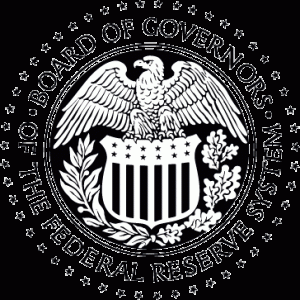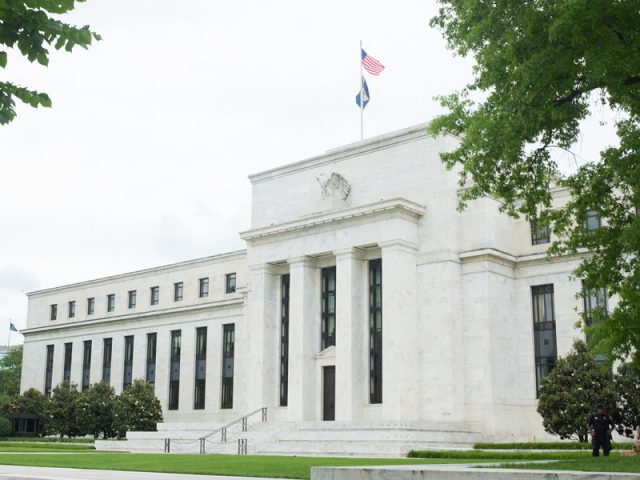By Jamie Redman,
The U.S. Federal Reserve is showing strong interest in attributes of distributed ledger technology (DLT). The private central banking entity has just released a paper that explores the agencies research on blockchain based settlement.
Federal Reserve Research Team Paper Focuses on Blockchain Technology
 The report issued by the Federal Reserve Board called “Distributed ledger technology in payments, clearing, and settlement” is 34 pages of research on DLT solutions. The paper digs into the central bank’s interest in blockchain as well as a general overview of the technology’s potential. The paper, written by 14 authors, follows Fed chair Janet Yellen’s introduction to the subject as well as Governor Lael Brainard’s recent commentary. According to the report, the Fed has a group dedicated to researching the technology.
The report issued by the Federal Reserve Board called “Distributed ledger technology in payments, clearing, and settlement” is 34 pages of research on DLT solutions. The paper digs into the central bank’s interest in blockchain as well as a general overview of the technology’s potential. The paper, written by 14 authors, follows Fed chair Janet Yellen’s introduction to the subject as well as Governor Lael Brainard’s recent commentary. According to the report, the Fed has a group dedicated to researching the technology.
The “FR research team” discussed blockchain with a variety of businesses and “30 key industry stakeholders.” The paper is the conclusion of the research team’s outreach to understanding DLT payments, clearing, and settlement. The Fed’s team first describes traditional financial networks in contrast to blockchain. Following this, the report explains the many benefits DLTs could give to certain market, but this depends on a variety of variables.
“The extent to which DLT will have an impact on the financial architecture may become clearer as the technology matures,” details the Federal Reserve’s blockchain report. “The level of impact will depend at least in part on decisions about which components of DLT are adopted and how DLT arrangements are ultimately implemented. As the industry considers a wide variety of applications, DLT arrangements are likely to take on a range of forms, with different components of the technology being used for different purposes.”
Bitcoin and Open Systems Not Favorable
Of course, the Federal Reserve’s researcher barely touch upon publicly open cryptocurrencies such as bitcoin. The paper’s authors lightly graze the subject of existing “open systems” but say the Fed envisions a private architecture. As a result of many blockchain models being public, certain cryptocurrencies remove the need for central planning. However, the Fed believes trusted intermediaries should remain. The paper’s author explains DLT arrangements should still utilize trusted third parties, stating:
Many models may alter or eliminate some roles of current intermediaries in payments, clearing, and settlement but may not necessarily eliminate the need for coordination or centralization of certain functions by trusted intermediaries. These trusted intermediaries could still be needed to play important roles in addressing frictions beyond what DLT may be able to accomplish or may be able to use DLT arrangements to improve or evolve how they accomplish their respective missions.
Central Banks Are Interested in Permissioned Ledgers for Good Reason
The paper shows the Federal Reserve wants to remain a very private organization that controls monetary policy. Using a private ledger will serve the needs of the Federal Reserve and its interested partners. With a private ledger, the entity could also continue with quantitative easing, fractional reserve banking and never be publicly audited.
The Federal Reserve recognizes that blockchain reduces complexity, especially with cross-border transactions. According to the central bank, blockchain record keeping is more efficient through immutability and network resiliency.
However, even though the Fed recognizes public systems like Bitcoin increase transparency, it’s safe to assume if the Fed ever creates a blockchain, it will be federated and most definitely un-auditable.

